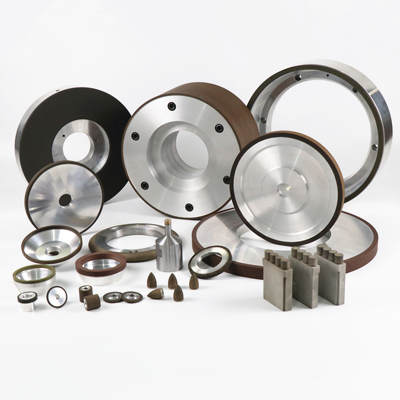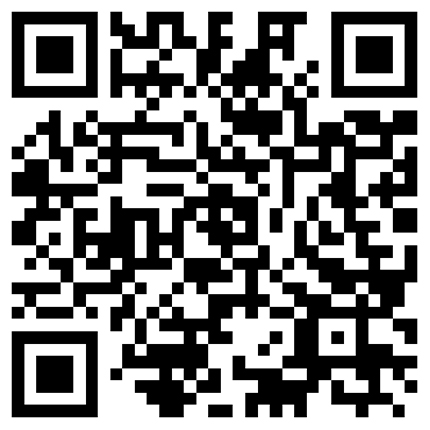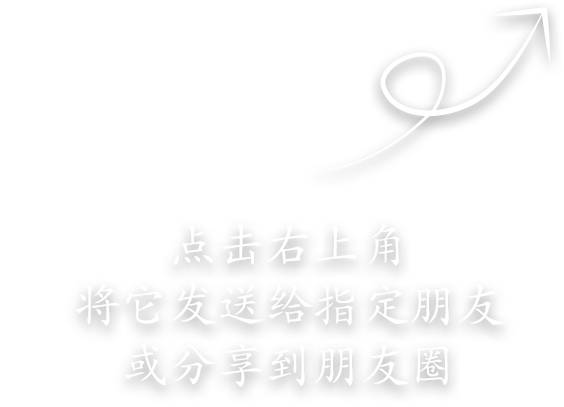-
Mobile Version
Scan with Mobile
- Member Center
 243
243
Resin bond superhard material tools mainly use diamond or CBN as abrasive, resin powder as binder, add appropriate filler material, through formula design, weighing and mixing, hot pressing, secondary curing, subsequent processing, etc. The superhard tools made by the technological process are suitable for different grinding requirements.
Compared with ceramic bond or metal bond superhard abrasives, resin bond diamond grinding wheel has the characteristics of simple manufacturing process, easy availability of raw materials, low cost, etc., and can be applied to a large number of low-quality superhard abrasives. All kinds of difficult-to-machine steel, carbide, glass, ceramics, stone, etc. Resin superhard abrasives are widely used because they have good self-sharpening properties in the grinding process, are not easy to block, the ground workpieces have the advantages of good surface quality, and the grinding wheels are easy to dress.
The resin bond used in resin diamond tools is mainly divided into two categories: phenolic resin and polyimide resin. The actual working temperature of the phenolic resin diamond tool does not exceed 120 °C, and the polyimide resin has a slightly better heat resistance and can be used in Long-term use at 260°C. Because the price of polyimide resin is relatively expensive, especially in recent years, scientists have modified phenolic resin so that its actual working temperature can reach above 200 ℃, so phenolic resin is widely used.
Shenzhen Longzhouli Tools, as a professional resin-bonded diamond grinding wheel manufacturer, will share the specifications, models, prices, pictures, etc. of various grinding wheels for you in detail. The product quality is high and the quality is guaranteed. The following are the design points of resin-bonded diamond tools for you:
(1) The adhesion must be good. The binder can be evenly distributed on the surface of the abrasive, hold the abrasive grains firmly in the abrasive tool, and can be firmly bonded to the substrate, which not only prevents the abrasive from falling off prematurely, but also prevents the binder from separating from the substrate, ensuring production safety.
(2) High grinding efficiency, good wear resistance, and good processing finish (or surface roughness). Because of its elasticity and brittleness, the resin bond has good self-sharpening during grinding and is not easy to block, but has poor wear resistance. Therefore, we must consider the high grinding efficiency and the highest possible wear resistance under the premise of ensuring the smoothness when researching and designing the binder formulation. The formulation of the binder is very critical. To choose the best ratio of the binder, it is necessary to meet both high grinding efficiency and good wear resistance. Taking both into account can ensure the requirements of grinding and also meet the requirements of grinding. can achieve the purpose of reducing costs.
(3) Better heat resistance. If the heat resistance of the bonding agent is poor, the abrasive tool will not be resistant to high temperature during use, and the consumption will be fast. (2) Use coolant for wet grinding as much as possible to improve the durability of abrasive tools; (3) If dry grinding is used, then Make the feed as small as possible to improve the durability of the abrasive tool.
(4) The strength of the binder must be high. The strength of the bonding agent directly affects the grinding efficiency, the size of wear, the quality of the workpiece and the safety performance of the abrasive tool during use. Therefore, it is necessary to understand the factors that affect the strength of the bonding agent.
(5) The hardness of the binder must be suitable and the wear resistance is good. The strength of the bond must match the wear rate of the diamond (or CBN) abrasive grains. The abrasive grains cannot fall off prematurely because the bond wears too fast. In that case, the abrasive will not be fully used, resulting in waste.





